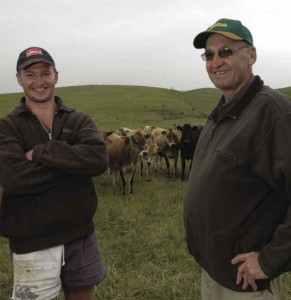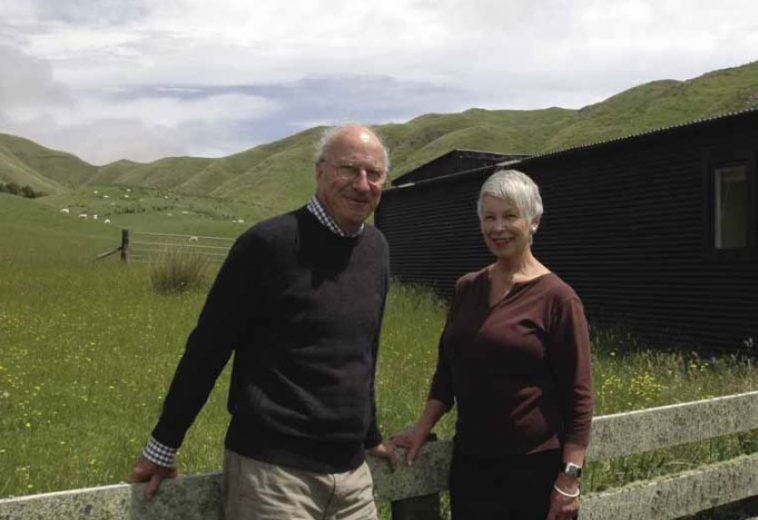You must be logged in to post a comment.
Archive

‘I got my appreciation for soil fertility through my father,’ says Martin. ‘I remember as a teenager going with him to Hatuma and being shown slides of minerals that were required in the soil, how chemical reactions take place, and how farmers can build up humus and microbiological life. I’d studied agricultural courses, and nobody had talked about those sorts of things, but it made common sense. It was the same as what my father had been saying about complementing the natural cycle in the soil. So when we got into farming ourselves, he advised us what sort of fertiliser we should be putting on. That’s how I came to be using the dicalcic.
| Farm Size | Te Roto 170ha / Lochiel 330ha – Central Hawke’s Bay |
|---|---|
| Years of dicalcic use | 36 |
| Application (maintenance) | No.8S Hatuma (80% Dicalcic Sulphur / 20% Cropfi ne Lime) 0:3.6:0:8 @ 350kg/ha |
For the first ten years here production and quality just kept increasing. Some of that was more experience on my part and the other was building up the soil biology in the soil, as well as good stock selections. My soil’s condition is a major importance to the operation, and it’s something I worked hard on improving from day one. It took me five years to get it to a condition where I felt it was performing at its best. We’ve now started applying this experience on our other property, Lochiel, and already it’s showing massive improvements. If you want good healthy pasture and good healthy stock for production, then you need the soil to be in a good healthy state first because they’re all integrated with each other. The whole process to achieving that is not short term – we don’t want to be mining what we’ve got, we want to be adding to the natural fertility instead.
Phosphate is one of the main components to growing grass but it is how it is applied, and in what medium it is carried in that matters. If it’s applied in an acid-based fertiliser then you’re going to create an acid environment. That’s why I’ve continued to use dicalcic because of its neutral pH component. A large build up of phosphate residue in the soil isn’t needed if you have plenty of humus for the plant to get nutrients from. By encouraging the soil to have lots of microbial life down there, constantly breaking down the surface litter, then the reliance on artifi cial nutrients is kept to a minimum. We’ve found the elements have all crept up in our soil tests thanks to the higher producing soil we’ve created.
We graze anywhere between 600 to 1,000 dairy heifers on the two properties, so we do everything we can to avoid pugging. If our soil does experience it, it recovers quickly. I put this down to having more friable topsoil. If the clay is very close to the surface and a beast stamps down when it’s wet, it brings the clay up resulting in too much compaction compared to what humus and topsoil content there is. But if you’ve got a good buffer, it has a far better chance of recovering quickly. The other advantage to humus and topsoil is better moisture retention. We can keep growing grass longer into the drier spells, as well as the colder times. When I plough up my paddocks now they are deep black thanks to the topsoil I’ve built up over time. In comparison, a paddock next door still looks like it’s still mostly clay. That’s the difference. It shows what can be achieved.




 520 Maharakeke Rd, Waipukurau
520 Maharakeke Rd, Waipukurau

 0800 80 65 65 /
06 858 8567
0800 80 65 65 /
06 858 8567 06 8588018
06 8588018
Leave a Reply